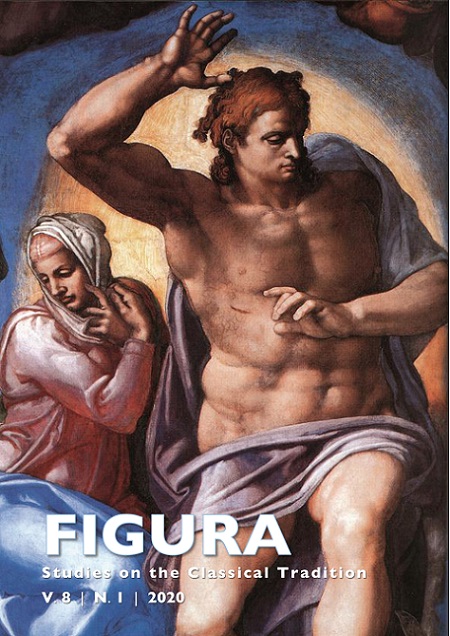Abstract
A recent cardiovascular event at the Galleria degli Uffizi in Florence in December 2018 involving an elderly Tuscan male gathered significant media attention, being promptly reported as another case of the so-called Stendhal syndrome. The victim was at the Botticelli room the moment he lost consciousness, purportedly gazing at the Birth of Venus. Medical support was made immediately available, assuring the patient’s survival. Taking the 2018 cardiovascular event as a case study, this paper addresses the emergence of the Stendhal syndrome (as defined by the Florentine psychiatrist Graziella Magherini from the 1970s onwards) and similar worldwide syndromes, such as the Jerusalem, Paris, India, White House, and Rubens syndromes. Their congeniality and coevality speak in favor of their understanding as a set of interconnected phenomena made possible partly by the rise of global tourism and associated aestheticreligious anxieties, partly by the migration of ideas concerning artistic experience in extremis. While media coverage and most art historical writings have discussed the Stendhal syndrome as a quizzical phenomenon – one which serves more or less to justify the belief in the “power of art” –, our purpose in this paper is to (1) question the etiological specificity of the Stendhal syndrome and, therefore, its appellation as such; (2) argue in favor of a more precise neuroesthetic explanation for the incident at the Uffizi; (3) raise questions about the fraught connection between health-related events caused by artworks and the aesthetic experience.
References
-

